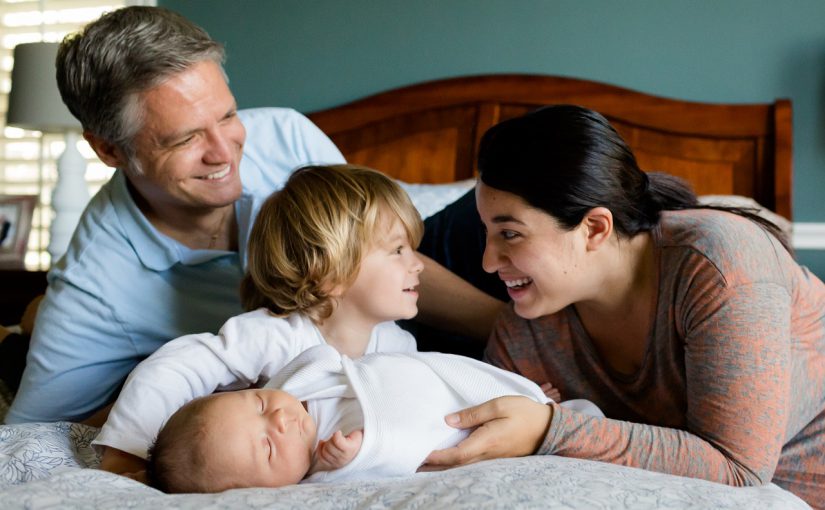I love psychology especially when it explains for us what is inexplicable. In a lot of readers comments there is a coomon thread of why do I behave like this toward my partner. I push him away one minute and then when he leaves I feel like I am going to die!
As you can hear it is a very young part responding to the threat of them leaving. This younger self can feel abandoned, paralyzed and hopeless.
These younger parts of ourselves – we all have them respond amazingly well to Resource Therapy please visit the Resource Therapy Institute of Australia for more information.
John Bowlby and Mary Ainsworth who gave us Attachment theory which are formed in childhood with our caretakers. This attachment helps us to survive as infants. We are totally dependent on others for life. We develop our ways of connection – our attachment style in relation to the way our parents or those responsible for our care were available to us.
There are four types of attachment –
1. Secure: A child with this type of attachment will feel easily soothed and safe when with their main caregiver. If they are distressed, they will turn towards their caregiver, or seek them out in some way. This attachment is formed when a child knows they can count on their caregiver to be there for them when they cry, soothe them, and care for them. They will use this secure attachment as a safe base from which they can explore all that’s around them.
2. Insecure-Avoidant: Children do not attach to their caregiver because they don’t feel they can rely on them. This usually means that their primary caregiver either hasn’t been there for them when they needed it or has been rejecting or dismissive of their needs altogether. When a child is in distress and has this type of attachment they will not seek contact with their primary attachment figure.
3. Insecure Ambivalent: Children with this type of attachment will be clingy and needy of their caregiver, but when the caregiver comes to their aid they are rejecting of them and not easily soothed.
4. Disorganized: Children with this type of attachment will show a confusing mix of attachment behaviors and may even appear to be confused or disoriented. They believe that this attachment style is caused by inconsistency from their caregivers. Meaning that a parent may be soothing and helpful, but also fear-inducing and hurtful.
Below is a very famous example of what a baby will do to make their care giver respond. It’s so amazing.




